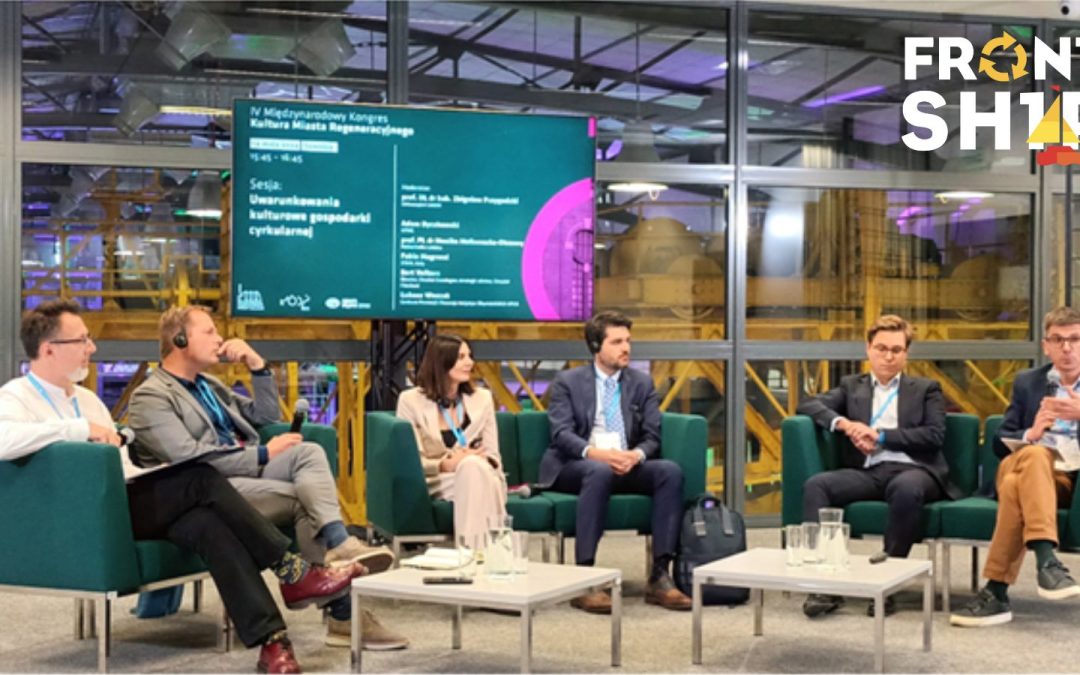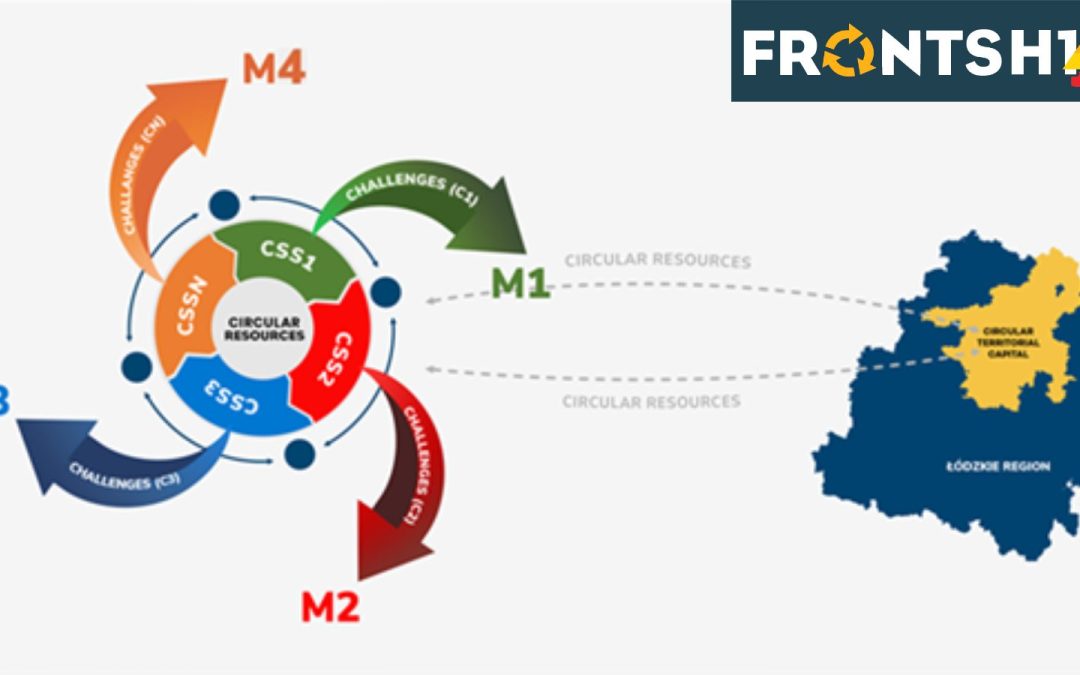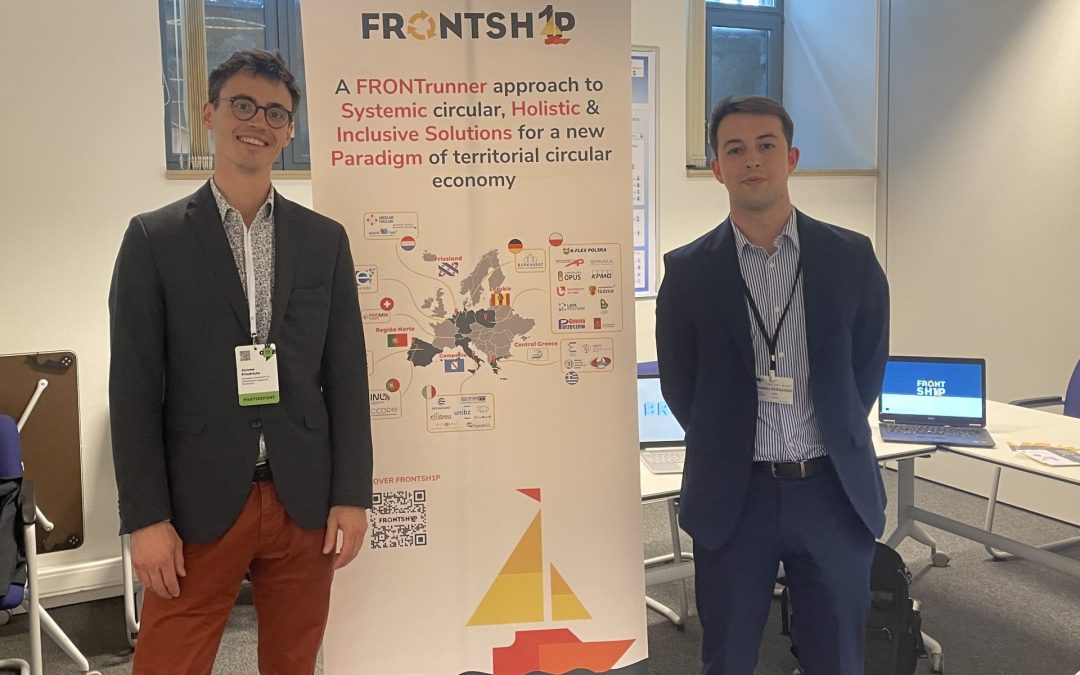Authors: Alberto Reis, Luisa Gouveia & Rafał Łukasik
The development of civilization triggered the increase in energy consumption (especially fossil fuels), and so does the output of greenhouse gases (GHG) by industries and other anthropogenic activities, responsible for global warming and climate change. Climate change threats include natural freshwater scarcity, increased soil erosion, disruption of food chains, and loss of biodiversity, among others. Since the beginning of the industrial revolution (mid-18th century), to the early 21st century, carbon dioxide emissions increased 2700 times. Burning fossil fuels (oil, coal, peat, gas) for electricity, heat, transportation, and domestic uses are known to be the largest source of GHG emissions from human activities, although wastes (animal husbandry, agriculture) have been also important.
An exponentially growing world population, the depletion of resources, environmental pressures, and the impact of climate change require urgent measures to protect the earth’s ecosystems as well as mankind. Several attempts have been proposed to limit CO2 (and other GHG) emissions and slow down global warming such as the Kyoto Protocol (1997), the Paris Agreement (2016) and the European Green Deal (2019), being the long-term outcome of the climate change mitigation towards the European ambition to be the first climate-neutral continent by 2050. The European Green Deal is expected to transform the EU into a modern, resource-efficient and competitive economy, ensuring economic growth decoupled from resource use, no citizen and no region left behind, the development of a circular economy, the protection of biodiversity and no net emissions of GHG by 2050. The topic of decarbonising the energy sector has been placed at the top of EU priorities.
Carbon capture and storage (CCS) technologies have been expected to be a major tool for reducing atmospheric CO2 concentration, being pivotal in climate change mitigation. Conventional CCS processes (geological, physical, and chemical) are known to be complex, highly power intensive, somewhat expensive, and environmentally doubtful. Biological CCS technologies using microalgae have been proposed as environmentally-friendly promising alternatives offering a completely different approach – not only to trap CO2 but also to immediately use it for circular energy production and generation of bio-based products, creating value as well.
As microalgae grow in an aqueous medium, directly dissolving CO2-rich gases through this environment is a very effective way of sequestering CO2 to be further used as a biological carbon source through photosynthesis using solar energy. Due to their higher efficiency, higher CO2 fixation rates and higher biomass productivities compared to conventional higher plants, microalgae production with flue gases can be used as a feedstock for biobased products and bioenergy, reducing carbon footprint and generating revenues. One ton of microalgae (dry weight basis) uptakes roughly two tons of CO2, which means that an area of 1 ha (10000 m2) can capture approximately 6.7 tons/day of CO2. Research proved that microalgae have utilised successfully 90–99% of CO2 from natural gas processing industries as well as 13–15% of CO2 in flue gas composition from thermal power plants. Moreover, microalgae also absorb excess nutrients and organic matter contained in wastewater, playing a role in addressing water pollution.
If the challenges associated with algae-based carbon capture technology are solved successfully (for instance, the extent of accumulation of heavy metals in the biomass saturated with exhaust gases from thermal power plants, high production costs, and scale-up difficulties), the proposed technology is expected to present a solution not only to the global warming problem, but also to decrease the fossil fuel consumption. Microalgae deal not only with the consequences of environmental pollution, but with what causes it. This specific microalgae-based application in blue bioeconomy through the FRONTSH1P CSS3 is directed to solve specific problems as environmental services (decarbonisation and wastewater treatment) together with the production of biobased products and bioenergy, creating jobs and other benefits to either the community or neighbouring circular regions as well. The development of the microalgae value chain is expected to bring circular solutions and resilience to the Łódzkie region (bio)economy, increasing self-sufficiency of bio-based products and limiting the need for imports.
Within the EU Algae Initiative by the EC, the Commission intends to boost the potential of the EU algae sector, supporting the development of upscaled regenerative microalgae cultivation and production, creating jobs for local communities, producing sustainable low-carbon products, regenerating ecosystems (e.g. fixing CO2 from flue gases, nutrients from wastewaters and releasing oxygen), and providing environmental services. Most importantly the EU algae sector could become the success story that embodies the ambition of the European Green Deal to reinvent the EU economy with more sustainable, climate-friendly and resilient industries and regions, fitting several FRONTSH1P CSS3 objectives. The EU Green Deal, through the EU Algae Initiative, targets priority areas where the algae production sector can provide a relevant contribution such as the dependence reduction on organic fertilizers, promoting broader use of microalgae-based plant bio-stimulants, targeted products in CSS3 from flue gases and wastewaters. CSS3 is expected to play an important role in attaining this goal.






